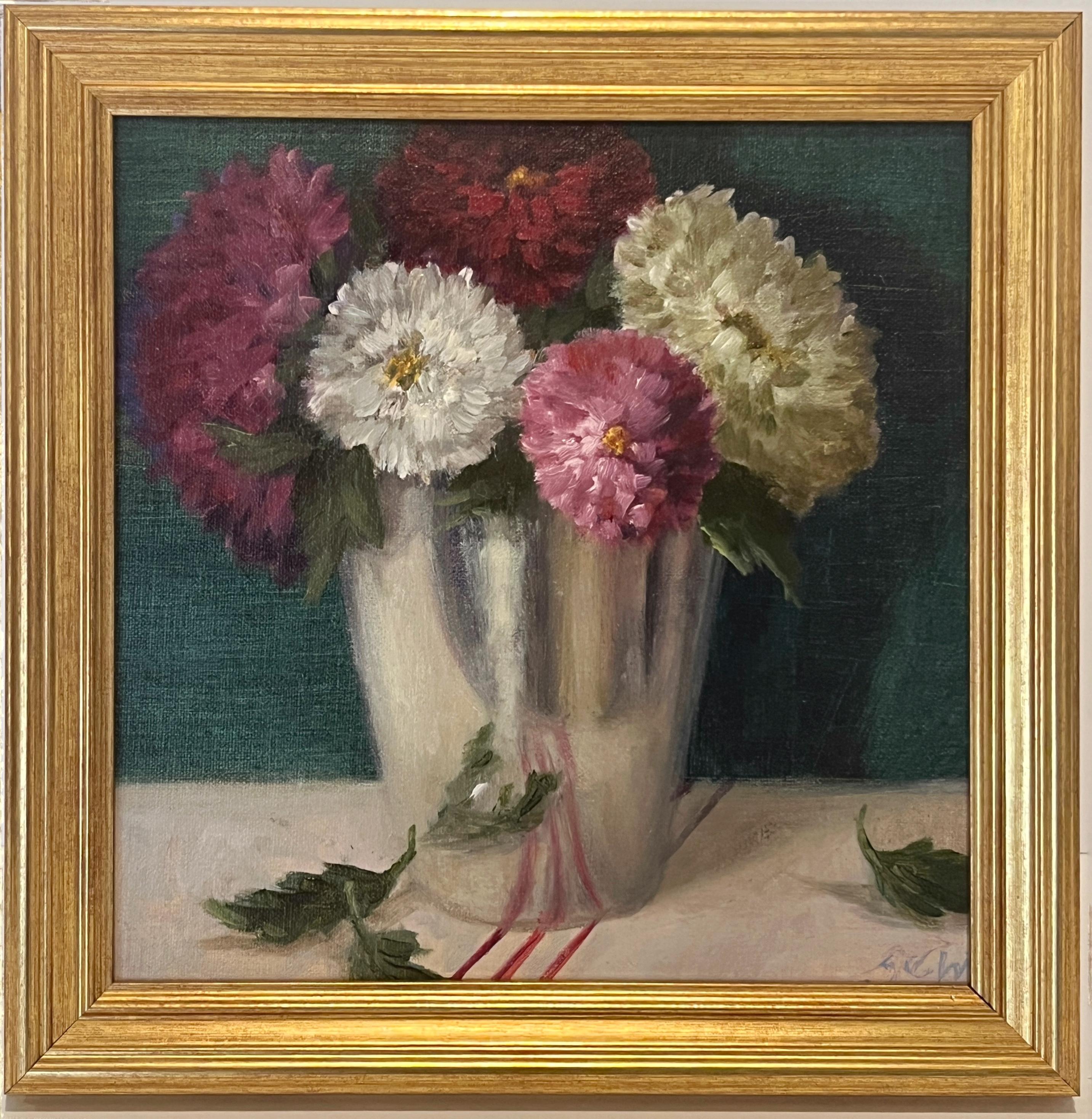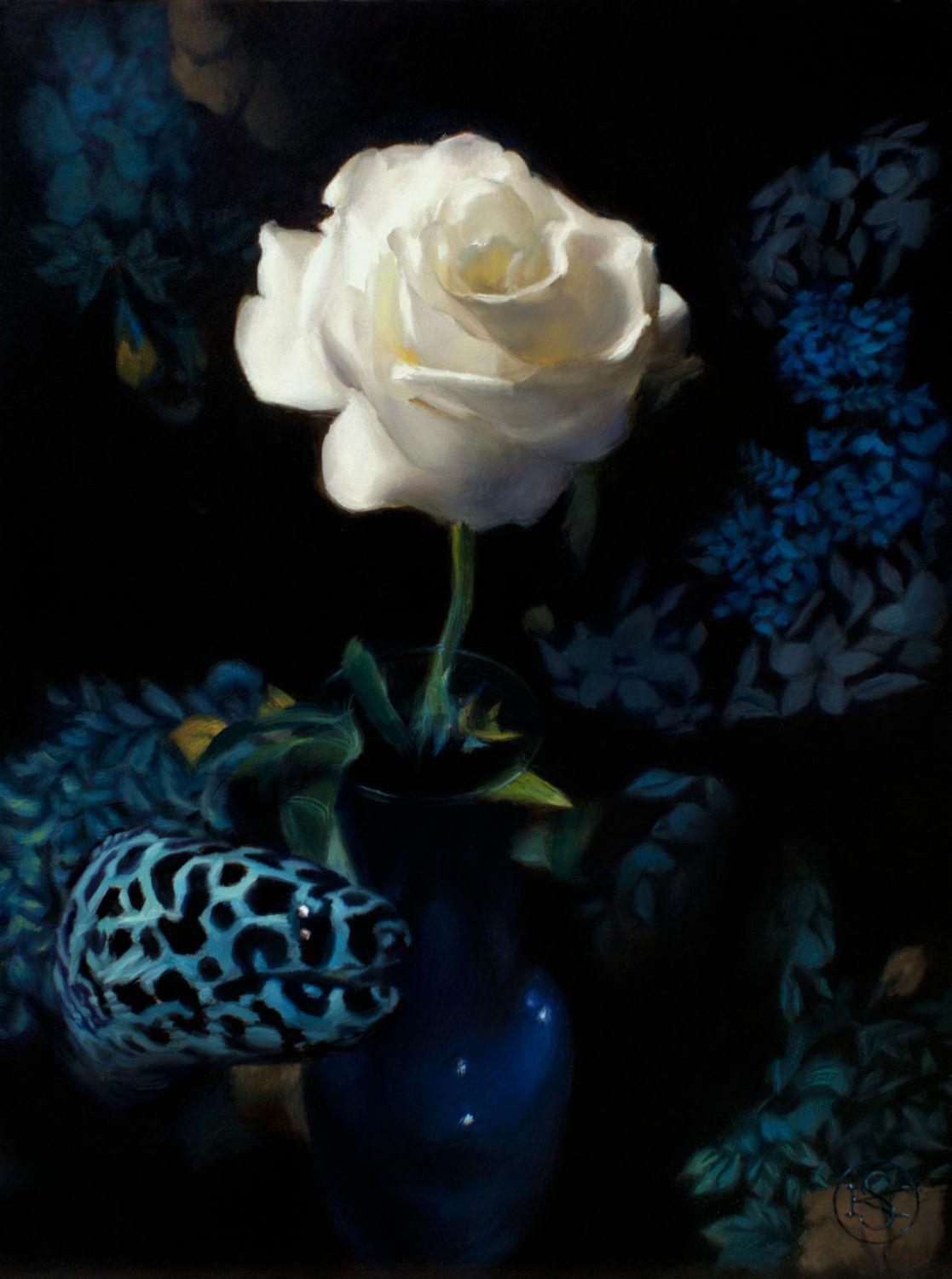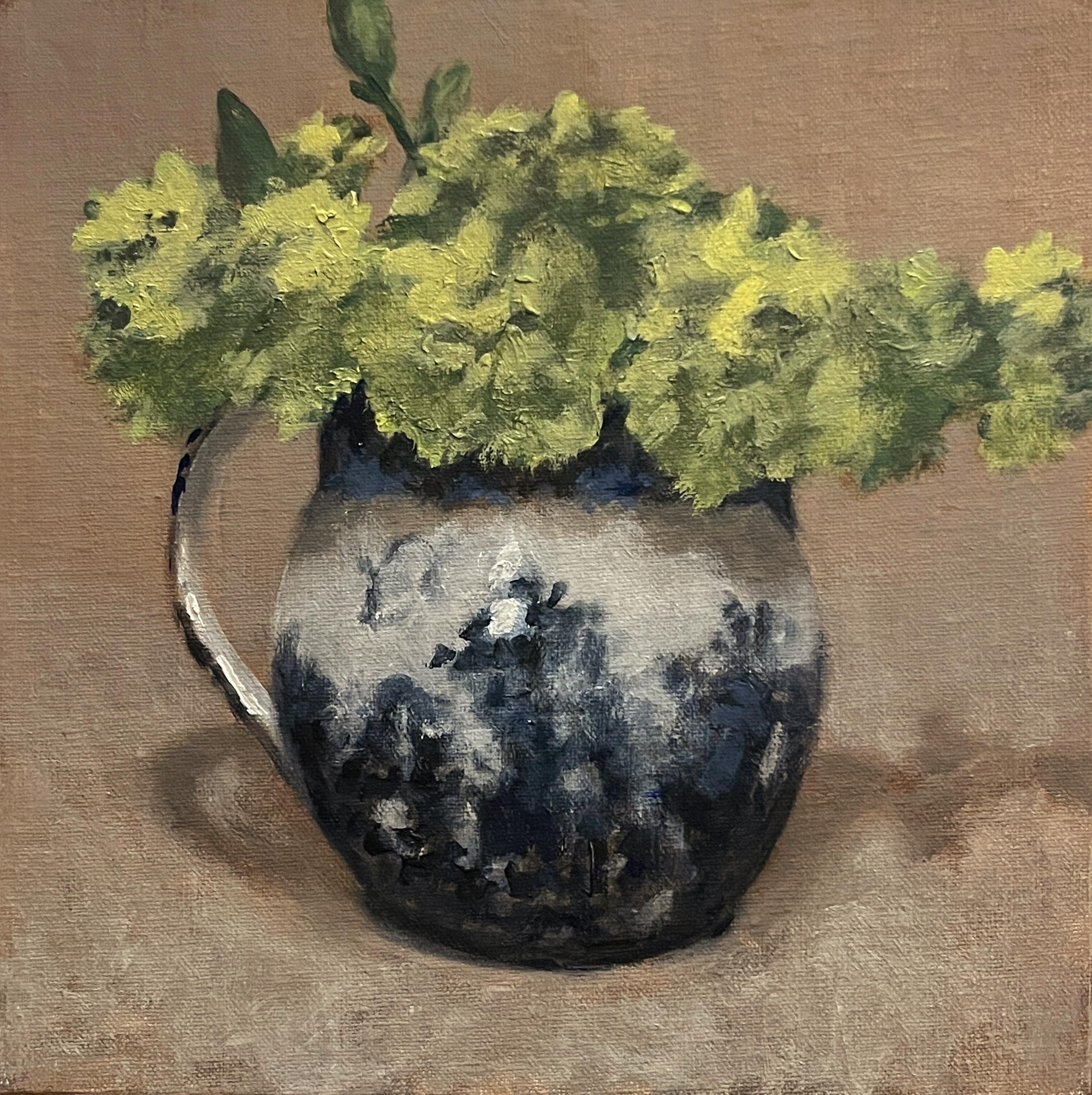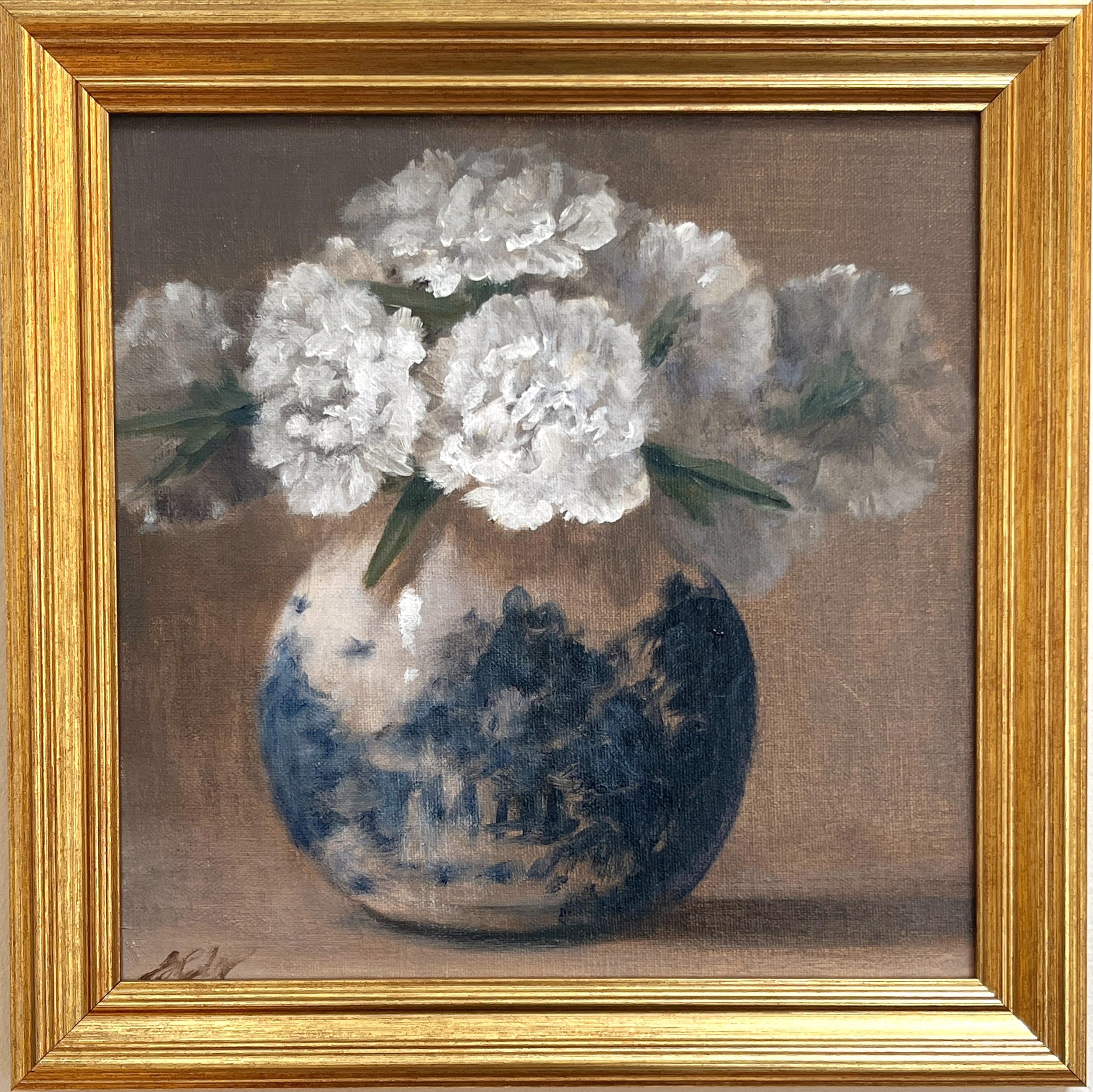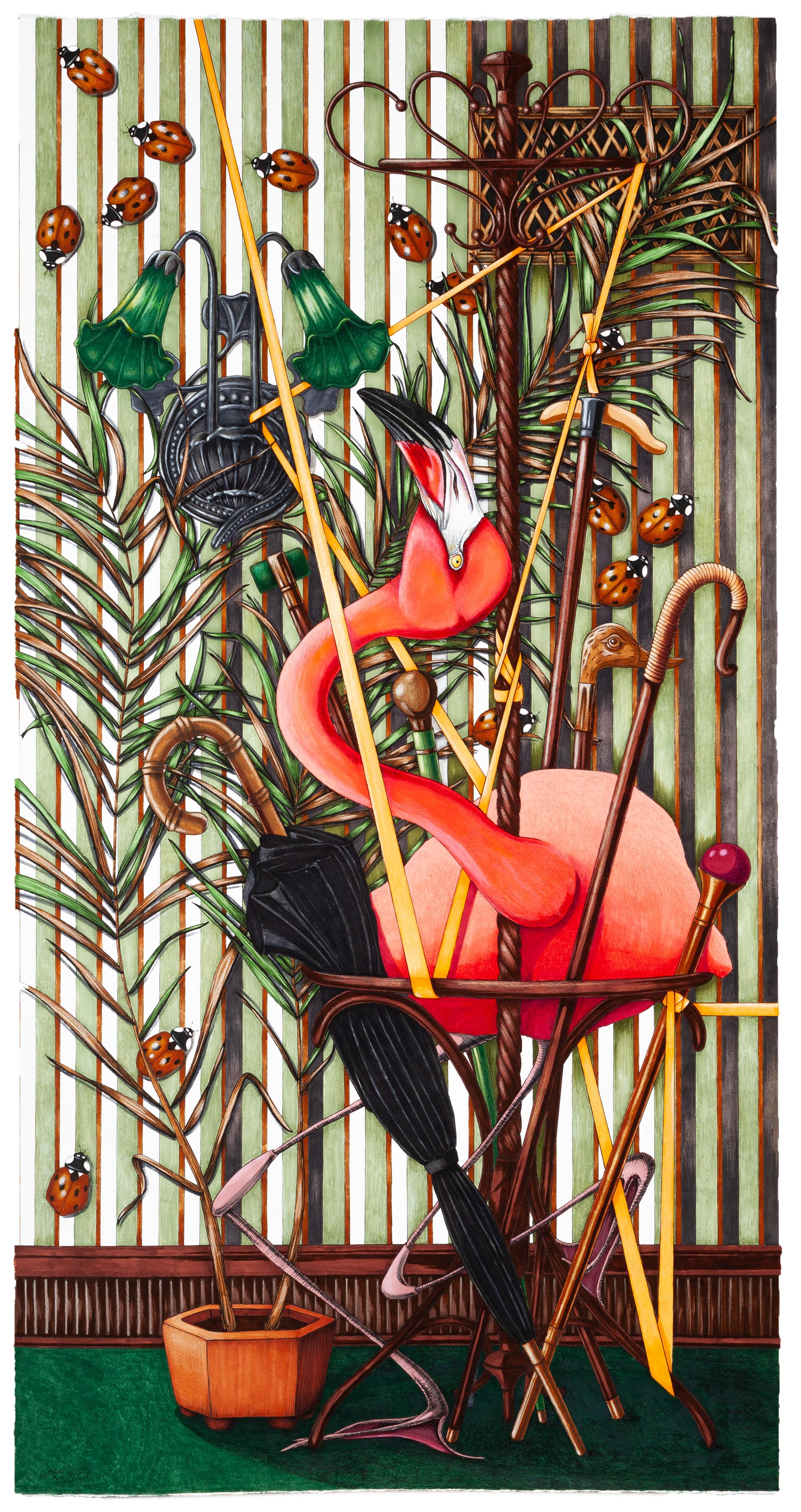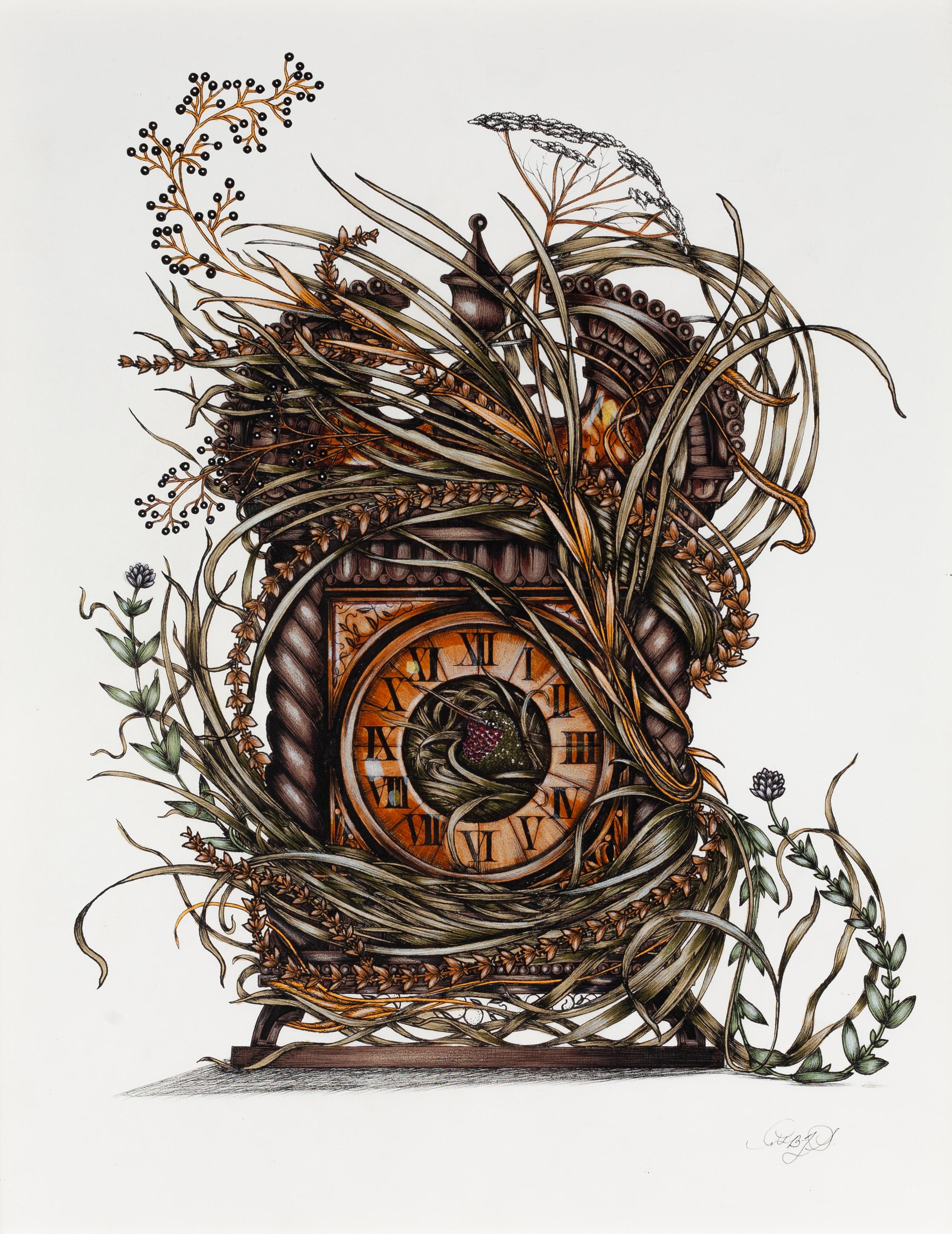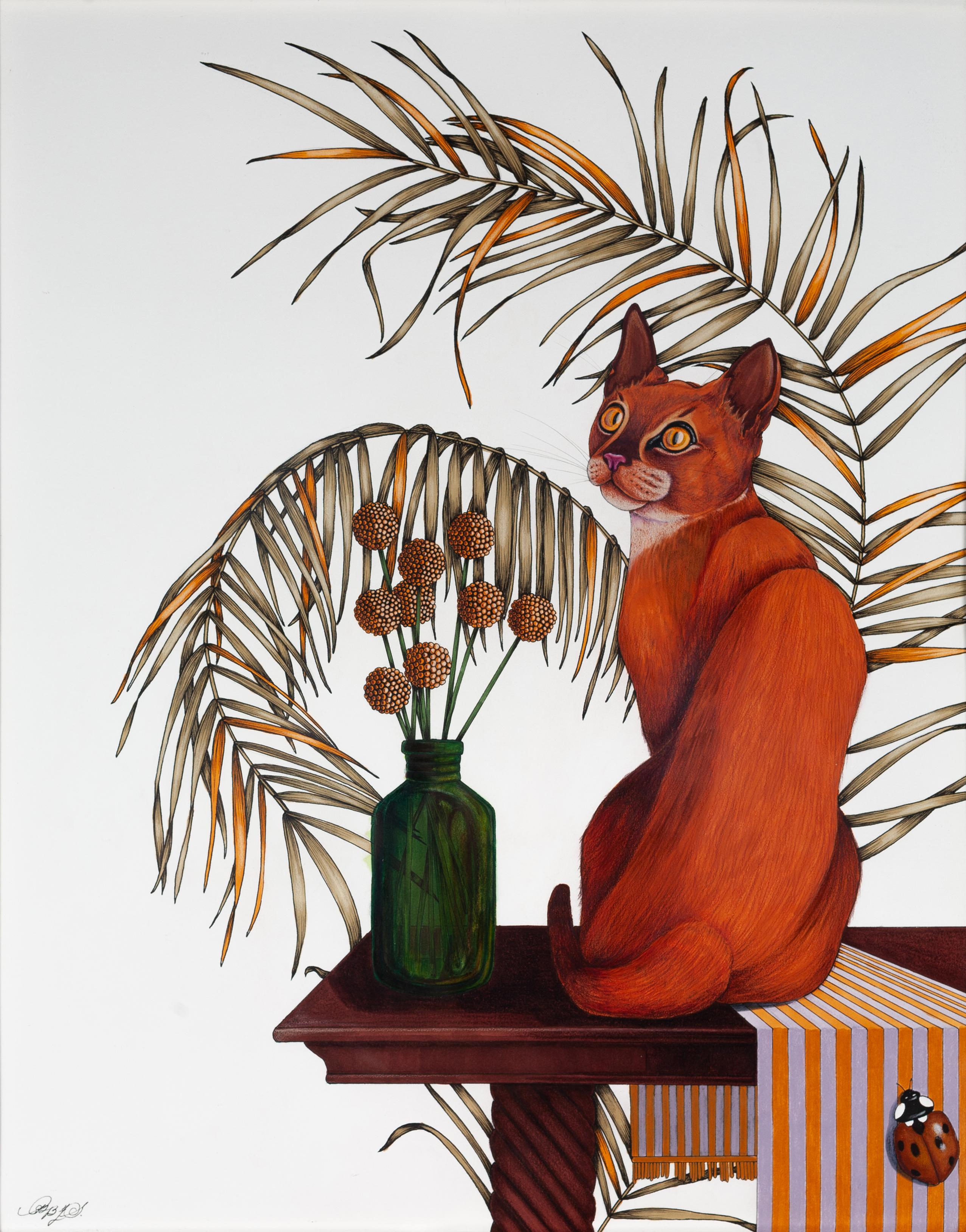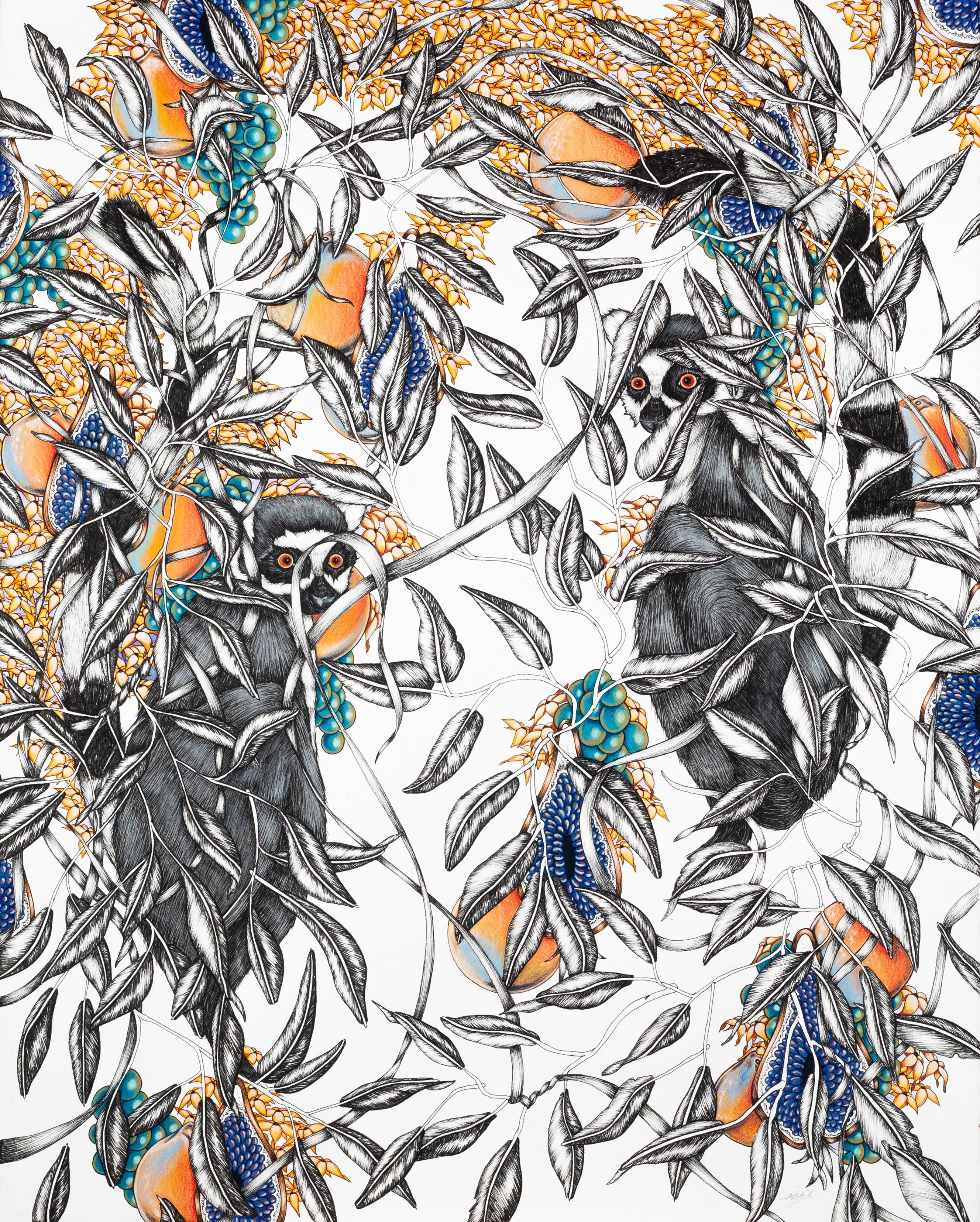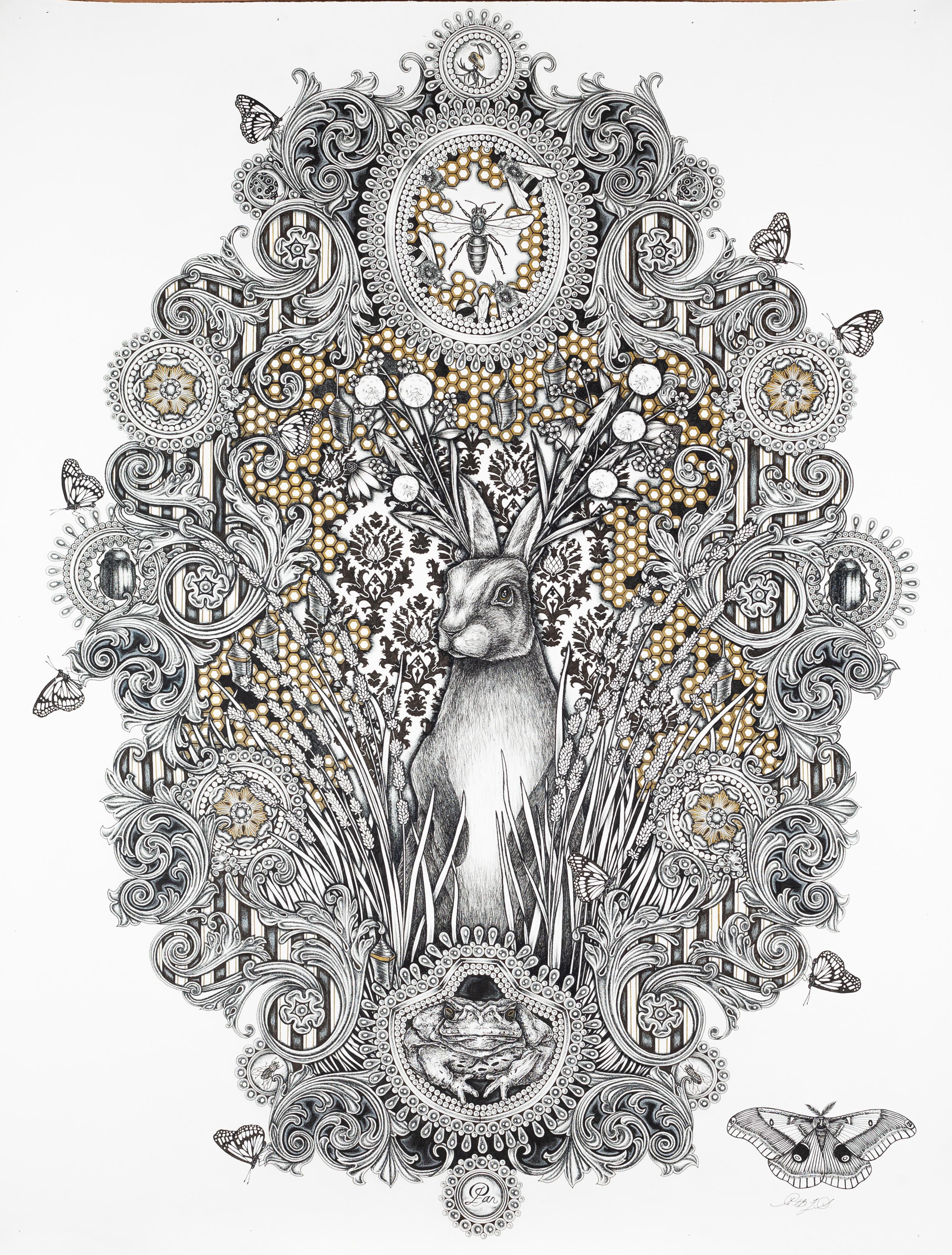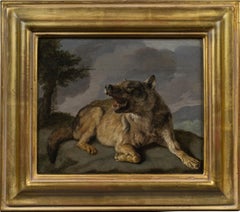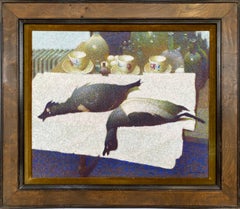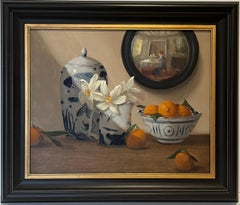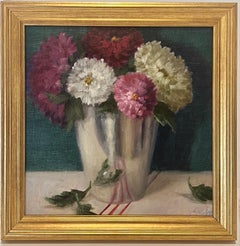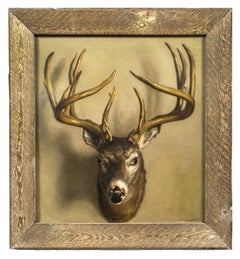
A Trompe l’oeil of a Stag’s Head
View Similar Items
Want more images or videos?
Request additional images or videos from the seller
1 of 5
Henry W. KeppelmannA Trompe l’oeil of a Stag’s Head
About the Item
- Creator:Henry W. Keppelmann (1839 - 1914)
- Dimensions:Height: 28 in (71.12 cm)Width: 25 in (63.5 cm)
- Medium:
- Movement & Style:
- Period:
- Condition:
- Gallery Location:New York, NY
- Reference Number:1stDibs: LU1025778251

About the Seller
5.0
Recognized Seller
These prestigious sellers are industry leaders and represent the highest echelon for item quality and design.
Established in 1997
1stDibs seller since 2012
17 sales on 1stDibs
Typical response time: 11 hours
More From This SellerView All
- A WolfLocated in New York, NYProvenance: The Marchesi Strozzi, Palazzo Strozzi, Florence Sale, Christie’s, London, May 20, 1993, lot 315, as by Carl Borromaus Andreas Ruthart...Category
17th Century Old Masters Animal Paintings
MaterialsCanvas, Paper, Oil
- Study of a PigBy Sir Edwin LandseerLocated in New York, NYSigned and dated, lower right: EL / Nov 34 Provenance: Barbara and Ernest Kafka, New York.Category
1830s English School Paintings
MaterialsCanvas, Oil
- Still Life with Squash, Gourds, Stoneware, and a Basket with Fruit and CheeseLocated in New York, NYProvenance: Selma Herringman, New York, ca. 1955-2013; thence by descent to: Private Collection, New York, 2013-2020 This seventeenth century Spanish still-life of a laden table, known as a bodegón, stands out for its dramatic lighting and for the detailed description of each object. The artist’s confident use of chiaroscuro enables the sliced-open squash in the left foreground to appear as if emerging out of the darkness and projecting towards the viewer. The light source emanates from the upper left, illuminating the array, and its strength is made apparent by the reflections on the pitcher, pot, and the fruit in the basket. Visible brush strokes accentuate the vegetables’ rough surfaces and delicate interiors. Although the painter of this striking work remains unknown, it is a characteristic example of the pioneering Spanish still-lifes of the baroque period, which brought inanimate objects alive on canvas. In our painting, the knife and the large yellow squash boldly protrude off the table. Balancing objects on the edge of a table was a clever way for still-life painters to emphasize the three-dimensionality of the objects depicted, as well a way to lend a sense of drama to an otherwise static image. The knife here teeters on the edge, appearing as if it might fall off the table and out of the painting at any moment. The shape and consistency of the squash at left is brilliantly conveyed through the light brush strokes that define the vegetable’s fleshy and feathery interior. The smaller gourds—gathered together in a pile—are shrouded partly in darkness and stand out for their rugged, bumpy exterior. The stoneware has a brassy glaze, and the earthy tones of the vessels are carefully modulated by their interaction with the light and shadow that falls across them. The artist has cleverly arranged the still-life in a V-shaped composition, with a triangular slice of cheese standing upright, serving as its pinnacle. Independent still-lifes only became an important pictorial genre in the first years of the seventeenth century. In Italy, and particularly through the revolutionary works of Caravaggio, painted objects became carriers of meaning, and their depiction and arrangement the province of serious artistic scrutiny. Caravaggio famously asserted that it was equally difficult to paint a still-life as it was to paint figures, and the elevation of this new art form would have profound consequences to the present day. In Spain Juan Sanchez Cotan...Category
17th Century Old Masters Still-life Paintings
MaterialsCanvas, Oil
- Portrait of a Lady with a ChiqueadorLocated in New York, NYProvenance: Torres Family Collection, Asunción, Paraguay, ca. 1967-2017 While the genre of portraiture flourished in the New World, very few examples of early Spanish colonial portraits have survived to the present day. This remarkable painting is a rare example of female portraiture, depicting a member of the highest echelons of society in Cuzco during the last quarter of the 17th century. Its most distinctive feature is the false beauty mark (called a chiqueador) that the sitter wears on her left temple. Chiqueadores served both a cosmetic and medicinal function. In addition to beautifying their wearers, these silk or velvet pouches often contained medicinal herbs thought to cure headaches. This painting depicts an unidentified lady from the Creole elite in Cuzco. Her formal posture and black costume are both typical of the established conventions of period portraiture and in line with the severe fashion of the Spanish court under the reign of Charles II, which remained current until the 18th century. She is shown in three-quarter profile, her long braids tied with soft pink bows and decorated with quatrefoil flowers, likely made of silver. Her facial features are idealized and rendered with great subtly, particularly in the rosy cheeks. While this portrait lacks the conventional coat of arms or cartouche that identifies the sitter, her high status is made clear by the wealth of jewels and luxury materials present in the painting. She is placed in an interior, set off against the red velvet curtain tied in the middle with a knot on her right, and the table covered with gold-trimmed red velvet cloth at the left. The sitter wears a four-tier pearl necklace with a knot in the center with matching three-tiered pearl bracelets and a cross-shaped earing with three increasingly large pearls. She also has several gold and silver rings on both hands—one holds a pair of silver gloves with red lining and the other is posed on a golden metal box, possibly a jewelry box. The materials of her costume are also of the highest quality, particularly the white lace trim of her wide neckline and circular cuffs. The historical moment in which this painting was produced was particularly rich in commissions of this kind. Following his arrival in Cuzco from Spain in the early 1670’s, bishop Manuel de Mollinedo y Angulo actively promoted the emergence of a distinctive regional school of painting in the city. Additionally, with the increase of wealth and economic prosperity in the New World, portraits quickly became a way for the growing elite class to celebrate their place in society and to preserve their memory. Portraits like this one would have been prominently displayed in a family’s home, perhaps in a dynastic portrait gallery. We are grateful to Professor Luis Eduardo Wuffarden for his assistance cataloguing this painting on the basis of high-resolution images. He has written that “the sober palette of the canvas, the quality of the pigments, the degree of aging, and the craquelure pattern on the painting layer confirm it to be an authentic and representative work of the Cuzco school of painting...Category
17th Century Old Masters Paintings
MaterialsCanvas, Oil
- Portrait of Laura Keppel, later Lady SouthamptonBy Sir John HoppnerLocated in New York, NYInscribed, upper left: “Miss Laura Keppel” Provenance: Commissioned from the artist and by descent in the Keppel family estate, Lexham Hall, Norfolk, to: Major Bertram William Arnol...Category
18th Century Paintings
MaterialsCanvas, Oil
- Saint Martin de PorresLocated in New York, NYProvenance: Private Collection, New York, until 2022. Martín de Porres was born in Lima in 1579, the illegitimate son of a Spanish-American father, J...Category
Late 18th Century Paintings
MaterialsCanvas, Oil
You May Also Like
- Ducks, A still life teacups and objectsLocated in Greenwich, CTIn Ducks in the Studio Schmitt reveals the influence of the Impressionists and the Pointillists by adopting their bright and pure colors. However, he chose not to paint with small do...Category
1970s American Realist Still-life Paintings
MaterialsCanvas, Encaustic
- Early Morning, AprilBy Ginny WilliamsLocated in Wenham, MAThis is an original oil painting on a linen panel. Ginny Williams has a degree in art history which gave her an understanding of, and appreciation for not only the art of the past ...Category
21st Century and Contemporary American Realist Still-life Paintings
MaterialsPanel, Oil
- All SaintsBy Ginny WilliamsLocated in Wenham, MAThis is an original oil painting on a linen panel. Mums, the traditional flower of All Saints Day in France, are pictured in a reflective silver cup. A jewel-like deep green-blue bac...Category
21st Century and Contemporary American Realist Still-life Paintings
MaterialsPanel, Oil
- Strange CatchBy Kate SammonsLocated in Denver, COEel and Floral ElementCategory
2010s American Realist Animal Paintings
MaterialsOil
$3,450 - Blue Willow and GreenBy Ginny WilliamsLocated in Wenham, MAThis is an original oil painting on a linen panel. Ginny Williams has a degree in art history which gave her an understanding of, and appreciation for not only the art of the past...Category
21st Century and Contemporary American Realist Still-life Paintings
MaterialsOil, Panel
- A Quiet MomentBy Ginny WilliamsLocated in Wenham, MAThis is an original oil painting on a linen panel. Ginny Williams has a degree in art history which gave her an understanding of, and appreciation for not only the art of the past ...Category
21st Century and Contemporary American Realist Still-life Paintings
MaterialsPanel, Oil
Recently Viewed
View AllMore Ways To Browse
Antique Stag Painting
Stag Fine Art
George W King Artist
George W King Painting
Avon Antique
European Stag Heads
W Harnett
Real Stag Head
Dog Oil Portrait
Dog Oil Portraits
Space Sculpture Bird
Dog Portrait Oil Painting
Oil Painting Pets
Vintage Animal Painting
Bird Sculpture Wood Painted
Original Tropical Painting
Antique Nature Oil Painting
Exotic Butterfly


